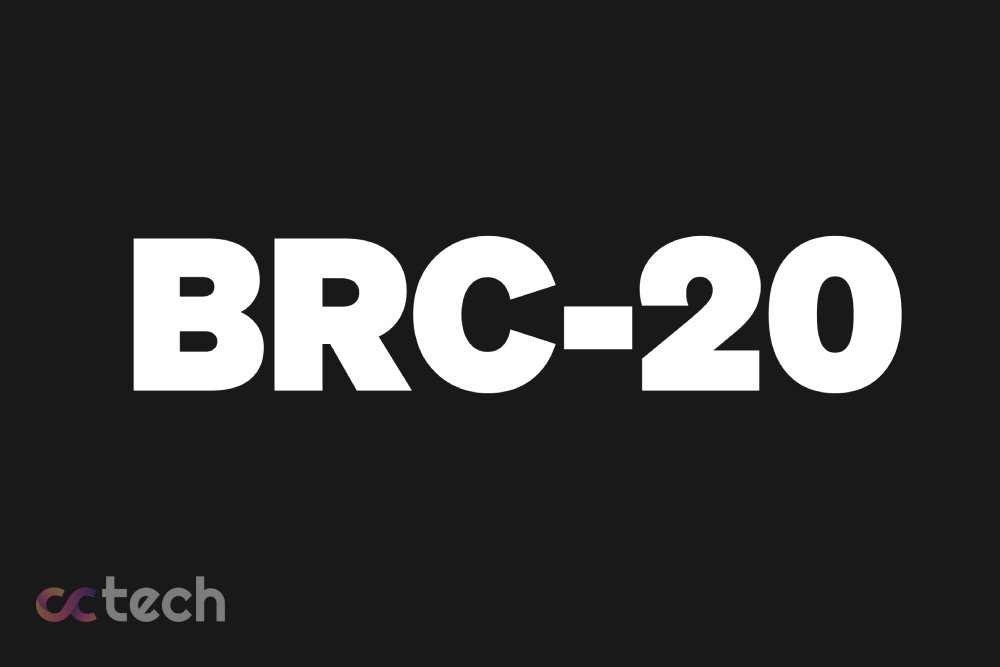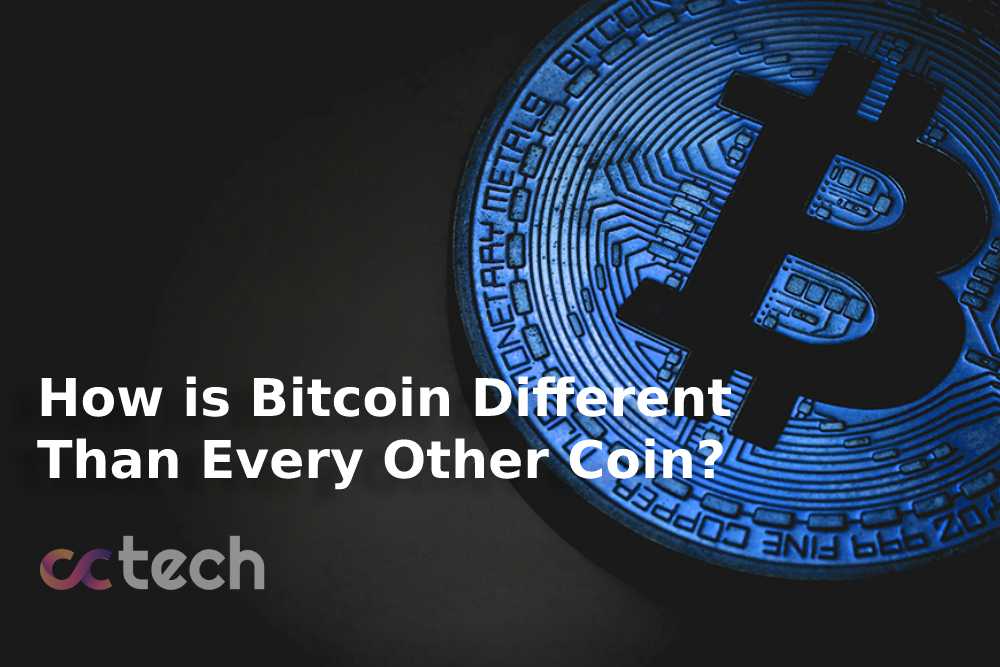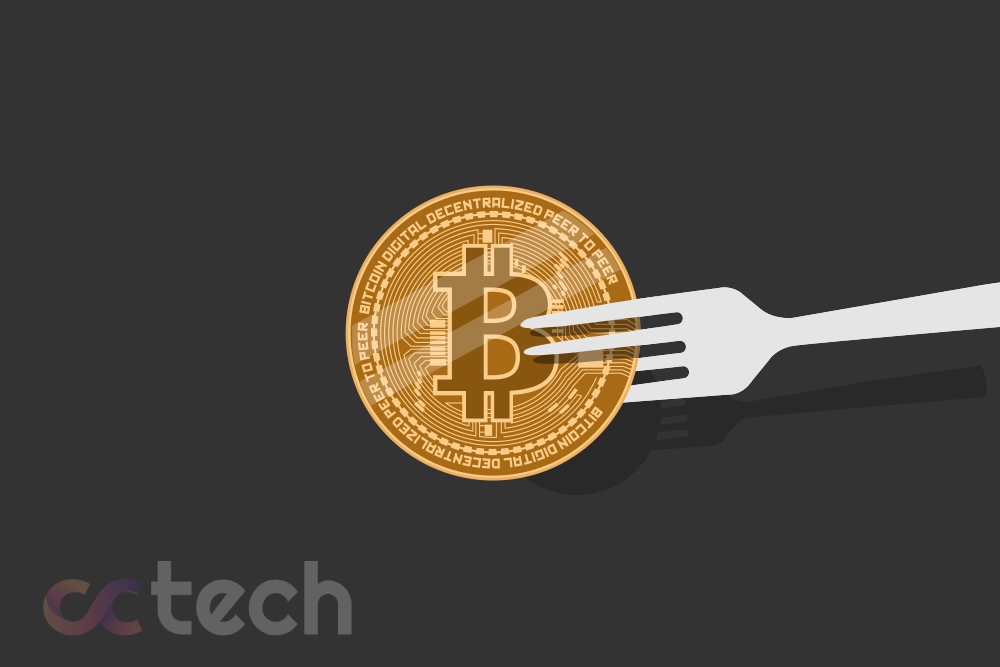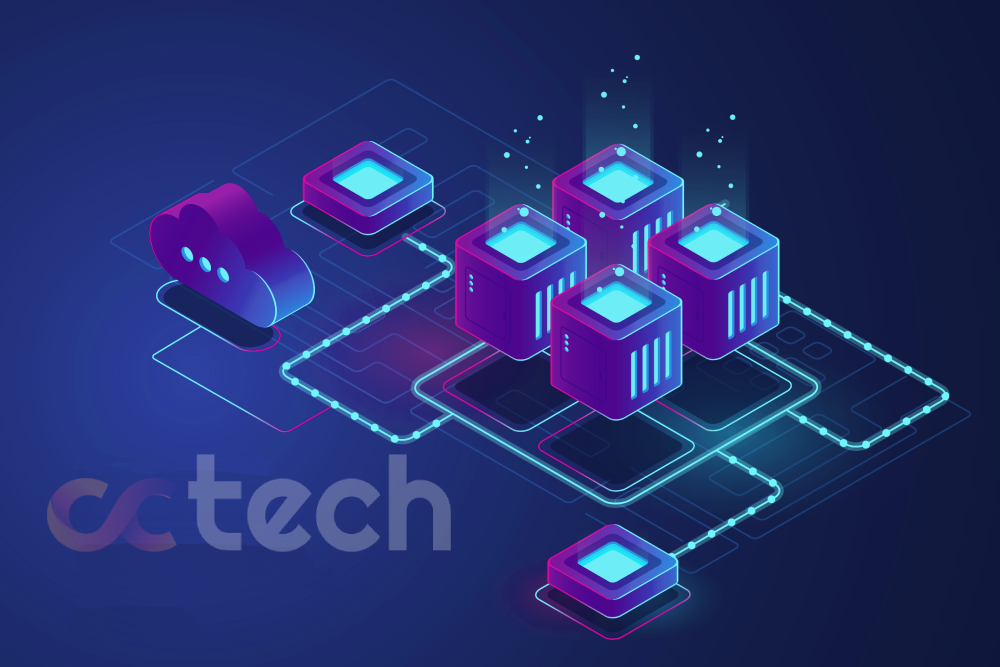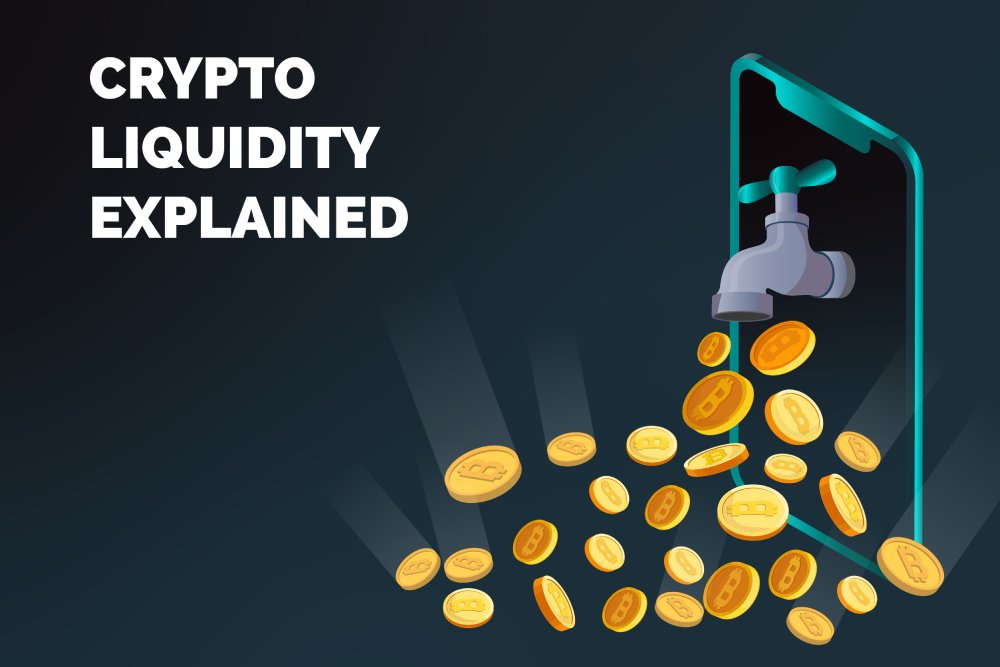
What is cryptoeconomics?
Simply put, crypto economics provides a way to coordinate the behavior of network participants by combining cryptography with economics.
From another perspective, cryptoeconomics is a field of computer science that seeks to solve problems of coordination among participants in digital ecosystems, using cryptography and economic incentives.
Cryptoeconomics should always be considered when building decentralized networks, as it is a peculiar mechanism that provides the ability to coordinate incentives among participants, without the need to trust third parties.
Cryptoeconomics is not a subset of traditional economics, it is a mixture of game theory, mechanism design, mathematics, and other methodologies in the field. The main goal of such a field is to provide insight on how to finance, design, develop and facilitate the functioning of decentralized networks.
What problems does cryptoeconomics solve?
Before bitcoin, it was thought impossible to create a peer-to-peer network that could achieve consensus in the absence of significant vulnerabilities to attack and error.
This problem is often referred to as the problem of Byzantine fault. It is a logical dilemma that depicts the importance of communication among participants in distributed systems. The problem is that some of the participants may turn out to be rogue, which makes it impossible to come to a common agreement and the network cannot function properly.
With the creation of bitcoin, Satoshi Nakamoto introduced an order of economic incentives for the peer-to-peer network and solved this problem.
Since then, decentralized networks have continued to rely on cryptography to achieve consensus regarding the state of the network and the correct history of all transactions. In addition, most networks include various economic incentives that induce participants to take certain actions.
The role of cryptoeconomics in bitcoin mining
Bitcoin aims to create an immutable and censorship-resistant payment network in which every financial transaction is tracked.
This is achieved through a process called mining, in which miners who successfully mine and validate a block of transactions are rewarded in bitcoin. This economic incentive encourages miners to work within the rules, which in turn has a positive impact on the reliability and security of the network.
The mining process involves solving a complex mathematical problem based on a cryptographic hashing algorithm. In this context, hashes are used to link blocks together and record validated transactions with a timestamp, which in the complex is called a blockchain.
Hashes are also used in computational puzzles that miners try to find solutions to. In addition, one of the consensus rules that transactions must follow is that bitcoin can only be spent if a valid digital signature has been generated from the private key.
How does cryptoeconomics enhance bitcoin security?
Bitcoin’s security model is built on the principle of majority rule. This means that purely theoretically, attackers could take control of the blockchain by taking over most of the processing power of the network, an attack often referred to as a 51% attack.
% attack.
In the case of such an attack, attackers could prevent new blocks from being mined and validated, or even reverse some of the previously validated transactions entirely. However, the very fact of controlling such a large amount of hashing power is extremely costly, due to the equipment needed and a large amount of electricity required.
Cryptoeconomics is one of the reasons for bitcoin’s success. Satoshi Nakamoto implemented the order of assumptions in such a way as to encourage different categories of participants. The system’s security guarantees depend more on how network participants respond to certain economic incentives.
Without the rigid structure of the cryptographic protocol, bitcoin would not have a secure unit of account through which miners are rewarded for their work. Without miners, users would have no confidence in the validity of the transaction history recorded in the distributed ledger, in the absence of such verification by a trusted third party, negating one of bitcoin’s major advantages.
Based on crypto-economic assumptions, the interdependent relationship between miners and the bitcoin network ensures that all work is credible and correct. However, this is no guarantee that in the future the system will function in the same way as it does now.
Circle of Cryptoeconomics
The crypto-economy cycle is a holistic model linking all categories of participants to each other. This diagram was published by Joel Monegro and illustrates the flow of money through different classes of participants in a peer-to-peer economic environment.
The model represents a tripartite market that consists of miners (the supply side), users (the demand side), and investors (the capital side). Each group of participants exchanges with each other through a limited crypto-economic resource (tokens).
In this cycle, the miner gets paid for the work done in tokens, which are used by the users. The consensus protocol standardizes this entire process, and the crypto-economic model controls when and how miners get paid.
Creating a network architecture whose operation is supported by the party generating the distributed offering (miners) is appropriate if the benefits outweigh the accompanying disadvantages. In this context, we are talking about advantages such as resistance to censorship, borderless transactions, and a high level of security. However, decentralized systems have lower performance than their centralized counterparts.
Conclusion
With the creation of bitcoin, a relatively new concept, crypto-economics, has emerged; it is a figurehead that must be considered when designing decentralized networks.
Role separation in crypto-economics models helps analyze the costs, economic incentives, and flow of funds for each group of participants. It can also help more carefully consider the relative strength and potential points of centralization, which is important when planning more balanced token management and distribution models.


